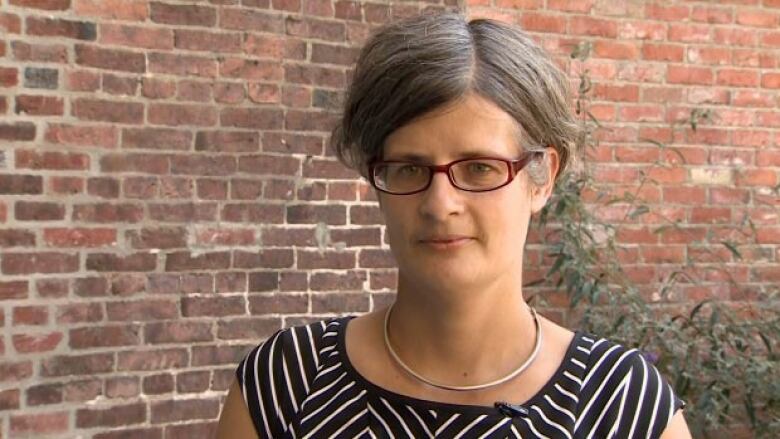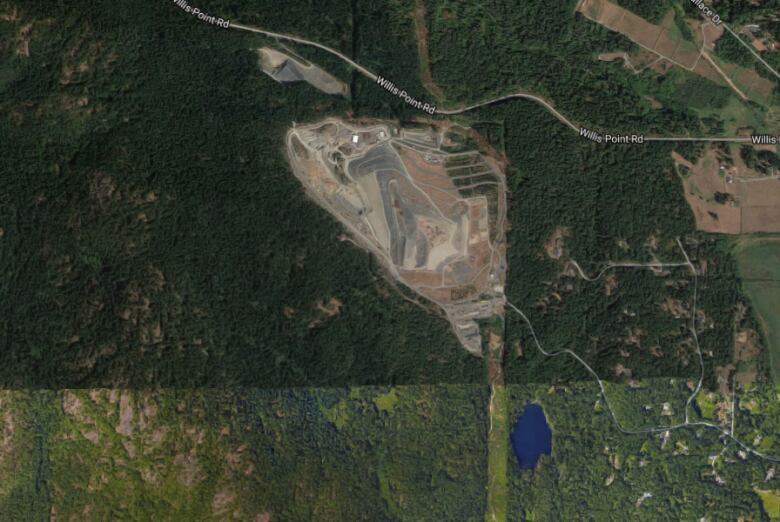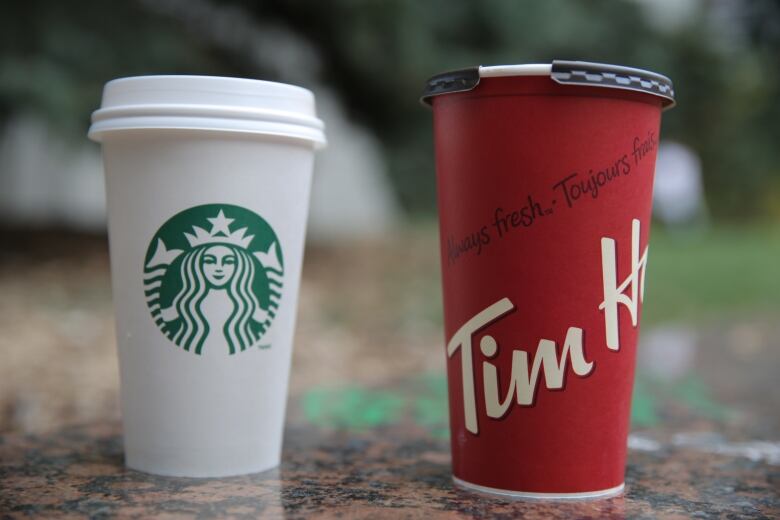A 'rallying cry' for less garbage in Victoria
Victoria's Mayor says the Capital Region is green, but still produces too much waste
My nine-year-old son gets his allowance once a week, and in return he has to take out the recycling.
It usually takes him a few trips,hauling a couple ofbaskets out from under the kitchen counter and then taking them outside.
And then, there's a lot ofsorting to do.
Our family of five produces a lot of waste, and occasionally my son complains it's too much.
He`s not the only one.

Victoria Mayor Lisa Helps, who just joined the Capital Regional District's environment committee, reviewed the region'soverall waste numbers.
On average, we throw out less than we did five years ago, and CRD officials were pretty pleased about that improvement.
But Mayor Helps had a different take, posting a self-described "rallying cry" on Facebook, and then talking to me about it on CBC Radio.
On average, she told me, we throw out "51 kilogramsper personof plastic every year,75 kilogramsper personof organics, and55 kilogramsper person of paper and paperboard. We can do better."
Instead of being recycled or composted, all of that material is going to the Hartland Landfill in Saanich.
Our listeners were not surprised.
"I think it would help," Marian McCoy wrote, "if we could see where our waste is going. The CRD should create a video of the Hartland landfill, shot from the air.
"I'm sure most people have no idea how enormous Hartland is, or what goes on and in there, or how much of the surrounding forest if being turned to landfill. Maybe if we could see it, we'd be more committed to making lower-waste purchases, and recycling more."

I looked upVictoria on Google Earth, and within seconds I found the grey triangle that is the landfill, surrounded by the dark green forest of the Saanich peninsula.
It's a good visual reminder that our waste has to go somewhere. And there are other reminders.
Jane Cunnington pointed to downtown Victoria, where bins are"overflowing with to-go cups. So easy to take your own cup, yet everybody I know uses a paper cup without thought."

Sandy Slibodian mentioned the packaging of so many consumer goods. "Everything is over sealed in hard plastic," she writes. "Perhaps the elimination of this practice would decrease even that which does go into the blue box."
Later that night at home, I grabbed the garbage bag from under the kitchen sink and the compostable bag full of kitchen scraps beside it, and followed my son outside as he tookout the last of the recycling.
I dumped the garbage in the black bin and the compost in the green bin, then I helped him sort out the recycling.

Hard plastics and cans in one blue box, glass jars in another.
The empty pop and beer bottles go into a separate box on the side, and the soft plastic and styrofoamin yet another box that we have to take somewhere else because it isn't eligible for curbside pick-up.
As we sorted the recyclingand got wet from the rain that wasfalling, I wondered if the system itself is part of the reason so many recyclable and compostable things are ending up in the trash.
Some have complained that if it was less work to sort your recycling, less of it would end up in the garbage.
And perhaps the CRD's environment committee should take steps to make it simpler, as it tries to reduce the amount of waste going to the landfill.
But as I wheeled thebins and hauled the blue boxes out to the front curb, it was hard to avoid the conclusion that the biggest change is probably the simplest: that we could all just consume less.
Yes, recycling is important. But reusing and especially reducing the amount we consume could lead to a huge drop in the amount of waste we produce.
This shouldn't be news to any of us, but maybe we all need a reminder from time to time.












_(720p).jpg)


 OFFICIAL HD MUSIC VIDEO.jpg)
.jpg)



























































































